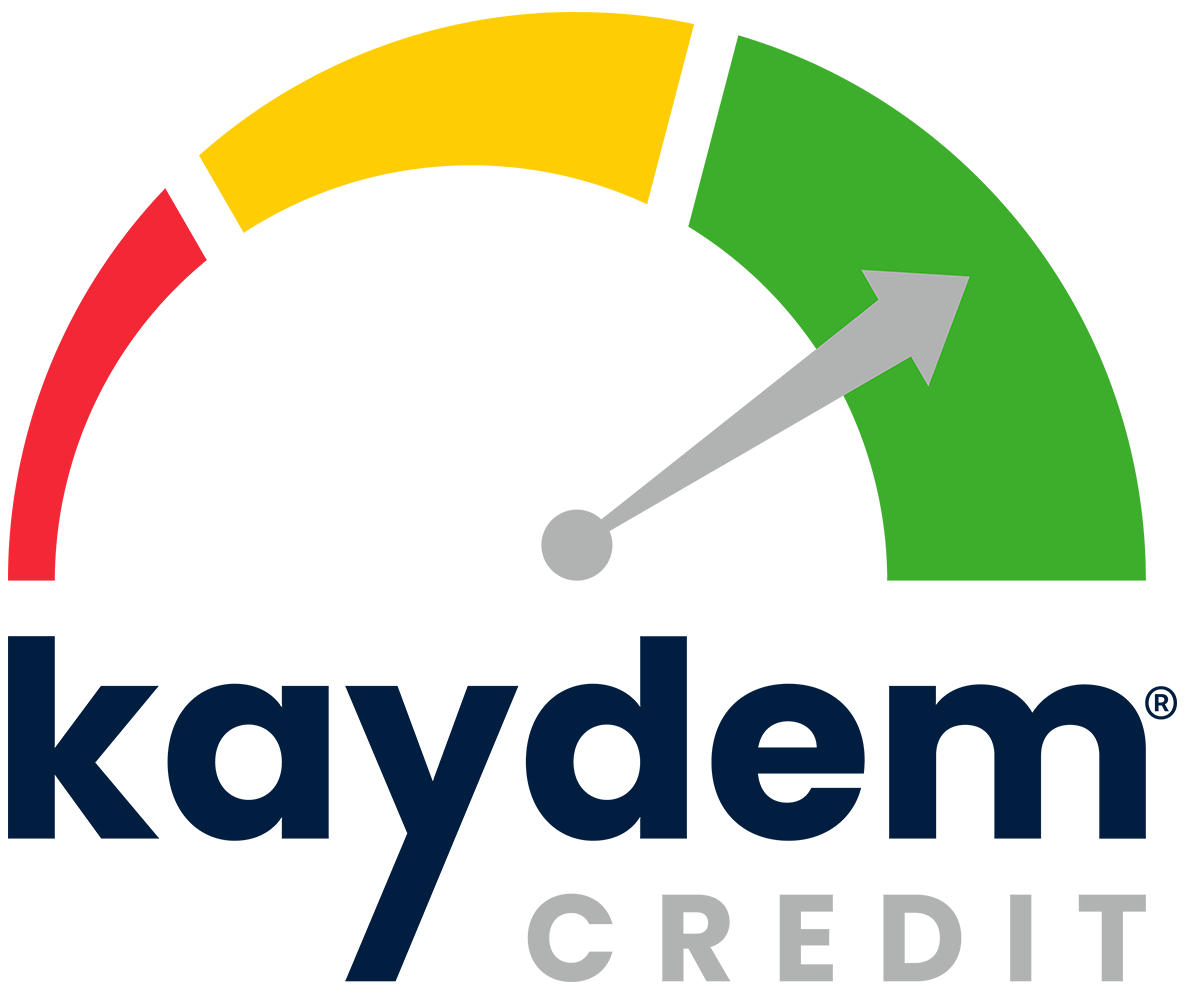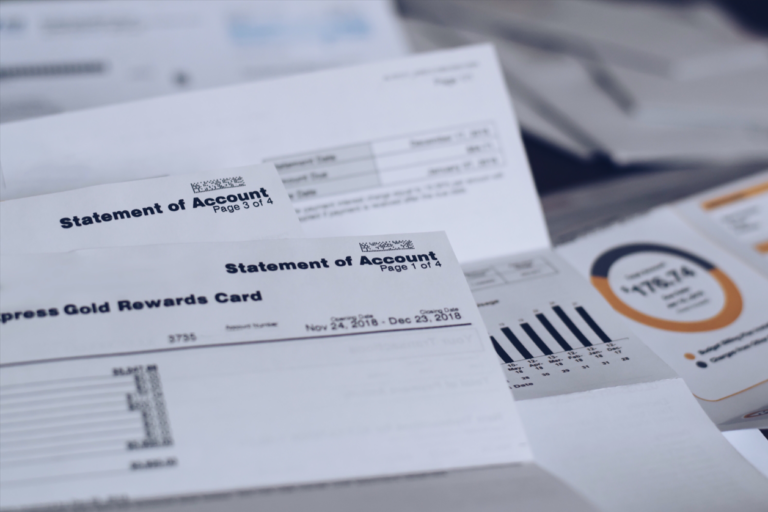When it comes to storing your money, do you have a plan in place? Or are you simply depositing funds into an account each month and withdrawing as needed? Are you still placing savings in a plastic bag under your mattress? It’s time to educate yourself on financial practices and genuinely understand how to manage your money and where you should be depositing your hard-earned cash. When you sign up for an account at a bank, many options are thrown your way, including options within options. So, where can you start? Read on to learn the difference between a checking account, savings account, and types of savings to consider the right options for you.
What is a checking account?
A checking account is a bank account where you can conveniently deposit and withdraw funds. This account is often used on purchases and payments for daily expenses. There are no transaction limits on a day-to-day basis, though each bank may have limitations on cash amounts that you can take out in the form of withdrawals at ATMs. Otherwise, you can make as many online and in-person payments as desired. You can easily access funds through checks, debit cards, bank tellers, and ATMs.
Additionally, you can typically set up digital money transfers as needed to friends and family. However, the funds placed into the account are usually only represented by the amount you place at any given time and will not necessarily appreciate in value – meaning, if these accounts do earn an interest in the form of an annual percentage yield (APY), which many don’t, it is only a minimal amount. This is because a checking account is primarily used for spending, not saving money.
What is a savings account?
A savings account is a bank account meant to store money for future use and is not accessed daily. There is a transactional limit of approximately six transactions per month or a designated set limit per statement cycle. If choosing to withdraw more frequently, some banks will charge a fee. Therefore, you cannot use the funds placed into this account daily, but only as needed. Savings accounts have a higher APY to assist in earning more money on top of what is placed into the account. Interest rates on regular savings accounts are variable depending on the market. According to the Federal Deposit Insurance Corporation (FDIC), the national average APY on savings accounts is currently 0.10%. However, some banks do offer higher rates to remain competitive.
Other savings accounts include a money market account and a certificate of deposit (CD) account. These savings accounts often have higher APY rates and a minimum deposit amount. Money market accounts are similar to regular savings accounts but usually require a higher minimum balance due to higher yielded interest. CDs require a minimum balance and a set length of time that the funds must remain in the account before being removed. Depending on your goals, you may sign up for a CD with locked-in finances for months or years. Additionally, CDs often have a fixed interest rate rather than a variable. Early withdrawals from CDs result in fees, so it is not recommended to use these funds until the limit is up. On the other hand, money market accounts do not have a set timeframe. But, you should keep the minimum balance and transactional limits in mind to avoid fees.
Do I need a checking or savings account? Or both?
It depends on your financial goals. You should have a checking account if you are depositing and withdrawing money and if you have a job or clients. A savings account is always a good idea – whether you have money to save or want to get started. Suppose you do not have an extensive amount of additional funds set aside already. In that case, a regular savings account is a perfect option. Because there are typically no minimum financial amount requirements, which allows you to get started on your savings journey. On the other hand, if you already have a large amount of money set aside that you do not need to access for a while, consider more fruitful savings account options such as a CD.
An easy way to consider the difference between a checking and savings account is to understand what is involved in your financial needs:
Checking accounts are used for primary purchases such as paying bills, rent, grocery shopping, getting gas, or grabbing lunch.
Savings accounts are used for setting aside money for larger expenses, such as a vacation or establishing an emergency fund.
Still not sure?
Read on for a few helpful tips for establishing checking and savings accounts:
- Checking and savings accounts can be used together. Especially if you can find a bank that allows you to open both under the same institution. When payments are deposited into your checking account, you can transfer a designated amount each month into your savings account. If you ever have an emergency expense, you can transfer it from your savings account into your checking account.
- Have multiple savings accounts for different purposes. One savings account should be viewed as more “long-term”. That account should not be touched under any circumstance beyond what you have designated – such as saving for a trip or large purchase. The other savings account should not be used often but can be accessed more frequently. For example in emergencies or for sudden unexpected costs such as a car breaking down or a hospital stay.
- Research which bank offers the best accommodations for you and your finances. There is an abundance of physical and digital banks that offer varying benefits, such as waived monthly fees, no overdraft fees, higher transaction limits, and higher interest. Do your research and compare which works best for you.
Most people have a checking account, and some even have savings accounts; however, many are not adequately leveraging tools to take control of their finances with the proper account setups. Have a budget, and create a plan. Depending on your expenses, create a designated amount to place into savings each month – and remember your bank’s limits. Understanding the difference between a checking and savings account and the unique requirements involved with each can help you toward a successful financial future.







